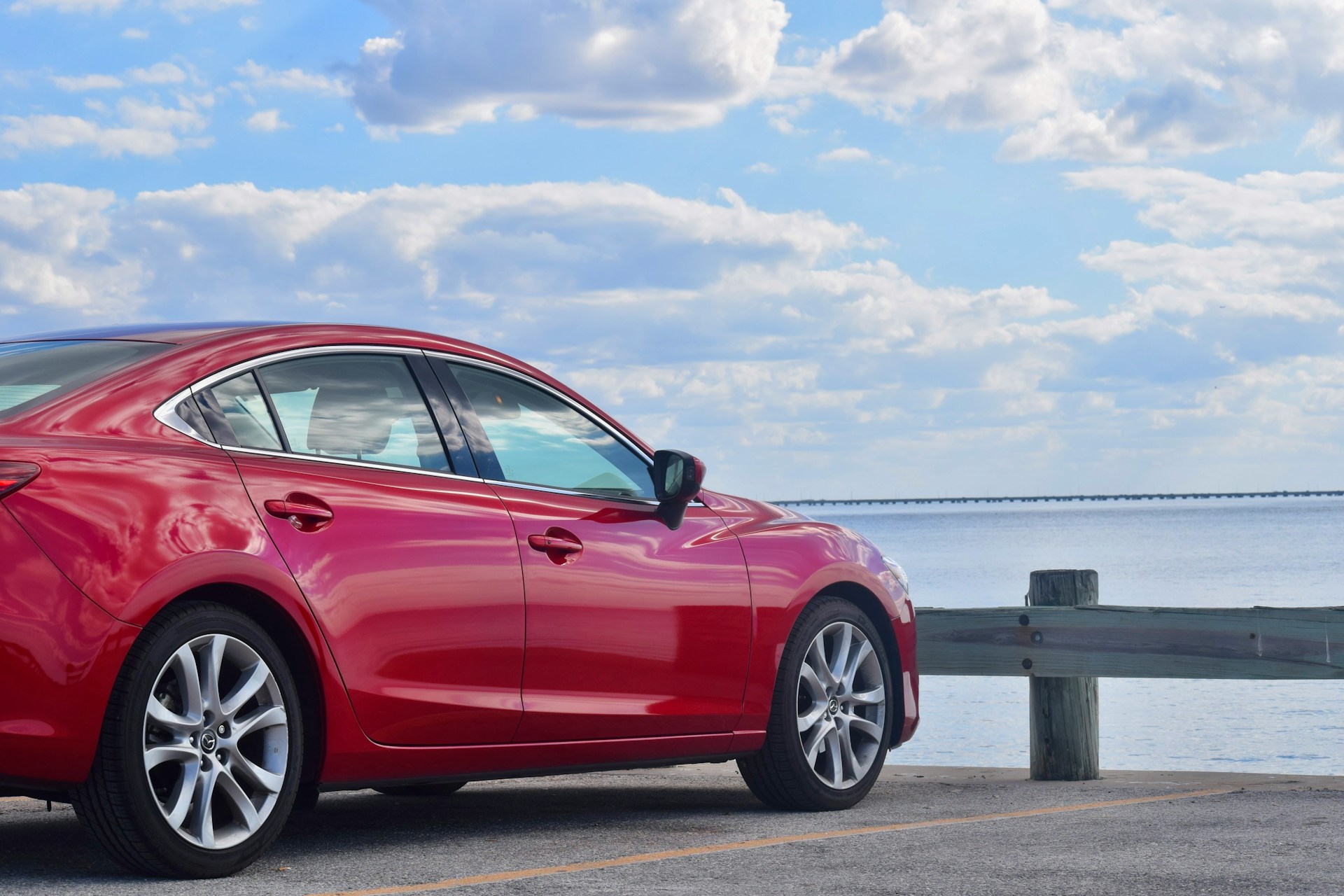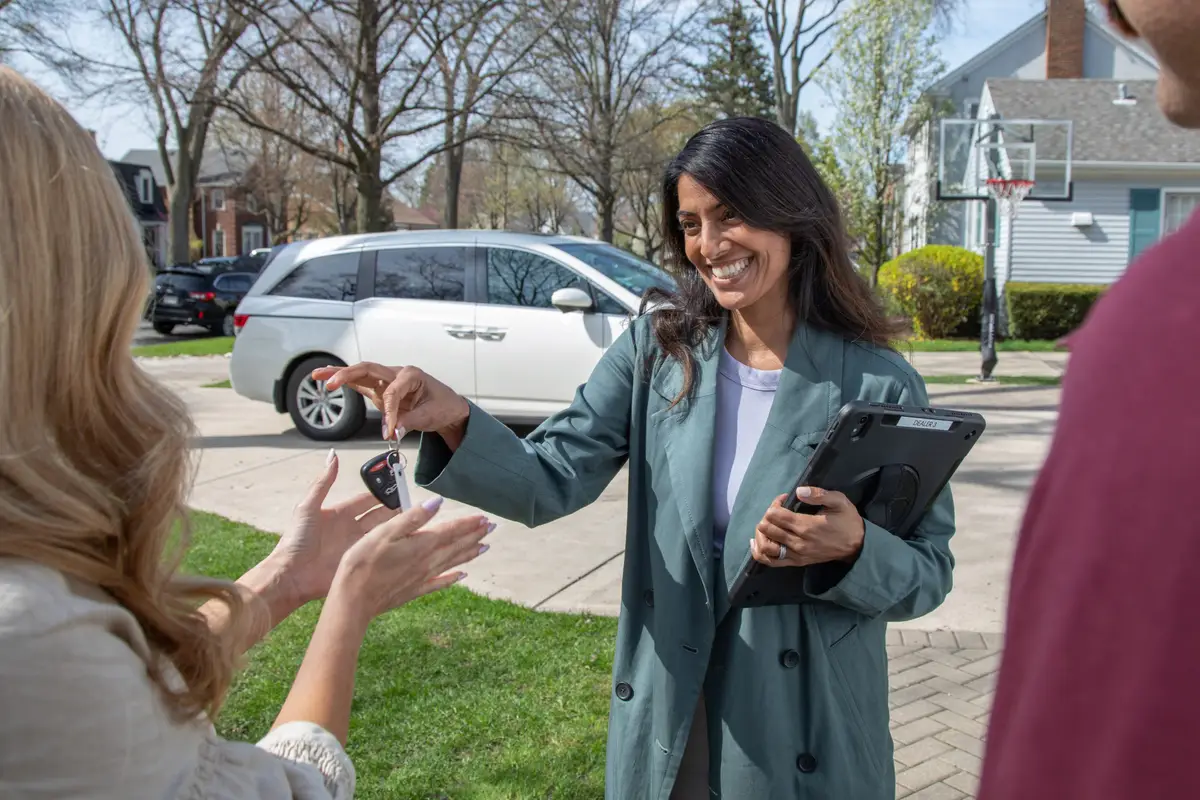Buying a used car can be one of the smartest financial decisions you’ll ever make if you do it right. A well-chosen used car can save you thousands of dollars compared to a new one while still offering reliability, comfort, and strong performance. However, the process can also be tricky. Hidden mechanical issues, unclear vehicle histories, or overpriced deals can quickly turn your dream purchase into a financial burden.
To help you make a confident choice, this comprehensive guide walks you through the ten essential steps to buying a used car — from budgeting and research to inspection and finalizing the paperwork.
1. Set a Realistic Budget and Understand the True Cost of Ownership
Before you start searching for listings or visiting dealerships, take time to establish a budget that reflects what you can truly afford. Many buyers focus only on the purchase price, forgetting that owning a car involves ongoing costs. The true cost of ownership includes insurance, fuel, maintenance, registration, and unexpected repairs.
As a guideline, your total car expenses — loan repayments, insurance, fuel, and maintenance — should not exceed 10–15% of your monthly income. If you plan to finance your purchase, factor in the down payment, interest rate, and loan term. For used cars, it’s also smart to set aside a small emergency fund for sudden mechanical issues once the warranty period has expired.
2. Decide What Kind of Car You Actually Need
After setting your budget, take a practical look at your lifestyle. Think about how you use your vehicle and what kind of car best suits your needs. If you commute daily through city traffic, a small, fuel-efficient sedan or hatchback might be perfect. Families may prefer a spacious SUV or minivan. For rural or rugged areas, you may need a vehicle with off-road capability.
Consider your key priorities: fuel economy, performance, interior space, safety ratings, and reliability. Once you identify your needs, narrow your search to two or three vehicle categories. You may also want to explore Certified Pre-Owned (CPO) cars, which are inspected, refurbished, and backed by extended warranties from the manufacturer — offering peace of mind with used-car savings.
3. Research Thoroughly Before You Shop
Good research protects you from bad decisions. Read expert reviews and owner feedback about the models you’re considering. Look into reliability ratings, recall history, and maintenance costs. This step helps you identify which cars are known for long-term dependability and which ones tend to develop costly problems.
Compare prices using online resources and used-car marketplaces to get an idea of what similar models cost in your area. Pay attention to factors like trim level, mileage, condition, and added features. A clear understanding of fair market value gives you the power to negotiate confidently later.
It’s also worth checking the availability of spare parts and service support, especially for imported vehicles that may be harder to maintain.
4. Choose Where to Buy: Dealer or Private Seller
Next, decide whether to buy from a private individual or a dealership. Each has advantages and disadvantages. Private sellers often offer lower prices, but you’ll need to handle inspections and paperwork yourself. Dealers usually charge more but can provide warranties, reconditioning, and financing options that make the process easier.
If you’re buying privately, ask detailed questions about the car’s history, ownership, and maintenance records. Be cautious if a seller seems evasive or unwilling to provide documentation. Transparency is key in the used-car market.
5. Check the Vehicle’s History
A clean exterior doesn’t guarantee a clean record. Always check the vehicle’s history report before you make an offer. This report will reveal details about past accidents, title problems, flood damage, and odometer tampering.
Request the vehicle’s identification number (VIN) from the seller so you can verify its background. Even if the seller seems trustworthy, this extra step protects you from future regret. If you discover major accidents or unresolved liens, it’s usually best to walk away.
6. Contact the Seller and Ask the Right Questions
Before scheduling a viewing, contact the seller and ask questions to gauge their honesty and how well they’ve cared for the vehicle. Ask how long they’ve owned it, why they’re selling, and whether it has been involved in any accidents. Request to see maintenance and service records, which can confirm whether regular oil changes and inspections were done.
Sellers who are open, informative, and patient tend to be more trustworthy. Anyone who avoids questions or refuses to share documents is best avoided.
7. Inspect and Test-Drive the Vehicle
A visual inspection and test drive are critical. Always see the car in person during daylight hours. Examine the bodywork for scratches, dents, rust, or mismatched paint. Uneven tire wear can indicate alignment issues. Check under the hood for leaks, frayed belts, or corrosion.
When driving, listen carefully for unusual noises, vibrations, or delayed gear shifts. Test the brakes for smooth stopping, assess steering responsiveness, and note any dashboard warning lights. Try driving on different surfaces — smooth roads, rough roads, and at various speeds — to see how it performs.
Inside, check that all electronics, lights, air conditioning, and infotainment systems work. Comfort, visibility, and seat position also matter more than you might think during daily use.
8. Get a Professional Inspection
Even if you’re satisfied after your test drive, it’s worth hiring a professional mechanic to perform a pre-purchase inspection. This independent review often includes checking the engine, transmission, brakes, suspension, exhaust, and undercarriage.
An experienced mechanic can detect hidden issues like frame damage, worn-out components, or poor repairs. If the car passes inspection, you gain peace of mind. If it doesn’t, you can use the report to renegotiate or walk away. Any seller who refuses a professional inspection is signaling a major red flag.
9. Negotiate with Confidence
Once you’ve found a car that meets your standards, it’s time to negotiate. The goal is not to “win” but to reach a fair deal. Use your market research and inspection results to justify your offer. Point out any flaws or upcoming maintenance needs that affect the price.
Start slightly lower than what you’re willing to pay, leaving room for compromise. Always negotiate based on the total “out-the-door” price, including all fees and taxes, rather than just the listed figure. If the seller won’t move on price, be prepared to walk away politely — there are always other opportunities.
Avoid being pressured into unnecessary extras such as extended warranties or costly add-ons unless they genuinely add value.
10. Complete the Paperwork Carefully
The last step is finalizing the deal properly. Review all documents thoroughly before signing or making payment. Confirm that the title is clean, the VIN matches the vehicle, and there are no outstanding loans or liens. Ensure the sales contract lists the agreed price, payment method, and any included warranties or conditions.
If buying from a dealer, read the terms of sale and warranty coverage in detail. Once everything is in order, complete the registration and transfer of ownership immediately. Keep copies of every document in a safe place.
Bonus Tip: Timing Can Save You Money
If you’re flexible, the timing of your purchase can make a big difference. Dealers often offer discounts at the end of the month, quarter, or year as they try to hit sales targets. Buying during off-peak periods or when new models are released can also lead to better prices on outgoing stock.
Patience, preparation, and the willingness to walk away are your best tools for saving money.
References
- Edmunds: “10 Steps to Buying a Used Car” – https://www.edmunds.com/car-buying/10-steps-to-buying-a-used-car.html



